 When buying a home there are many steps to the process. Once you have made an offer, you need to make sure you have money for a down payment, but that is not all the money you will need to bring to the table. Many homebuyers do not take into account closing costs. This can come as an unpleasant surprise, but if you understand closing costs and have saved for them, the home-buying process will run much smoother.
When buying a home there are many steps to the process. Once you have made an offer, you need to make sure you have money for a down payment, but that is not all the money you will need to bring to the table. Many homebuyers do not take into account closing costs. This can come as an unpleasant surprise, but if you understand closing costs and have saved for them, the home-buying process will run much smoother.
First, you will need to understand what closing costs actually are. This is important to the buyer because most of the closing costs are the buyer’s responsibility. Closing costs consist of the many fees for the services and expenses it takes to finalize a mortgage. Typically they are broken down into property-related fees, loan-related fees, mortgage insurance fees, property tax and homeowners insurance and title fees.
More importantly, is how much are closing costs? The amount usually runs between 2% and 5% of your loan amount. So if you have a $300,000 home purchase, your closing costs would run between $6,000 to $15,000. The best way to pay for them is out of pocket all at once. Some lenders do allow you to finance them by merging them into the loan, but you will end up paying more because of interest over the life of the mortgage. Some states, counties and cities offer low-interest rate loan programs and grants for first time home buyer’s closing costs.
Next, let’s look at the property-related fees that are included in the closing costs. These include the appraisal fee and the home inspection fee. When purchasing a home you will need to know how much the property is worth and what shape the property is in. A certified professional appraiser will be sent to the home to evaluate the home’s worth. This is very important when obtaining a mortgage. The lender needs to know if the property is worth the amount that you want to borrow. A lender wants to make sure they can recoup the value of the home if you default on your loan. Typically the appraisal fee will run between $300 to $400. A home inspection is required when getting a mortgage. A lender wants to make sure the home is structurally sound and in good enough shape to live in. A home inspection fee usually runs between $300 to $500.
Other fees included are loan-related fees. First, there is the application fee which covers the costs of processing your application. These costs usually include credit checks and administrative expenses. Assumption fees can also be included when there is an assumable mortgage that you are taking over from the seller. Many states will require the use of an attorney at the closing. This will add attorney fees which will vary depending on the amount of work the attorney does for you. Pre-paid interest fees are also included. Lenders typically require you to pay the interest that accrues on the mortgage between the date of settlement and the first monthly payment due date. The biggest chunk of loan-related fees goes to the loan origination fee a.k.a the underwriting fee, administrative fee, or processing fee. This fee is the cost for the evaluating and preparing of your mortgage loan. This cost is about 0.5% of the loan amount. Just like a realtor, if you work with a mortgage broker, there will be a fee. A broker commission will usually be about 0.5% to 2.75% off the home’s purchase price.
Mortgage insurance fees are also included. These include mortgage insurance application fees, upfront mortgage insurance and FHA, VA and USDA fees. Mortgage insurance application fees are included if you make a downpayment of less than 20% of your mortgage. Upfront mortgage fees are there because many lenders require first-time borrowers to pay the first year mortgage insurance premium upfront. FHA, VA, and USDA fees will be tacked on if the Federal Housing Administration insures you, Department of Veterans Affairs, or the U.S. Department of Agriculture. For an FHA you will pay 1.75% of the loan amount, for the VA loan you will pay between 1.25% to 3.3% and the USDA will cost 1%.
Property taxes, annual fees and insurance will also need to be considered. Property taxes will cost about two months’ worth of city and county property taxes at closing. The homeowners association fees will also be required upfront as well as the homeowner’s insurance premium.
When purchasing a home one of the most important documents handled is the title. Title fees include the search fee (to make sure the title is clean and the seller really owns the property), the lender’s title insurance (this protects the lender in case there is an error in the title search) and owner’s title insurance (this protects the buyer if the title comes up with any problems).
So there will be no surprises before you go to closing, mortgage documents will be given to you prior to closing. The loan estimate and the closing disclosure are the two most important. The loan estimate details all the fees, interest rate and other closing costs for your loan and the closing disclosure confirms what was written in the loan estimate. These documents need to be read carefully before you go to closing.
Click Here For the Source of the Information.
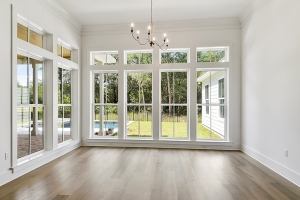 When it comes to your home, you want to make it is your own space with timeless pieces. Estate shutters are a good investment because they fit every style of interior and most any room in your house.
When it comes to your home, you want to make it is your own space with timeless pieces. Estate shutters are a good investment because they fit every style of interior and most any room in your house.
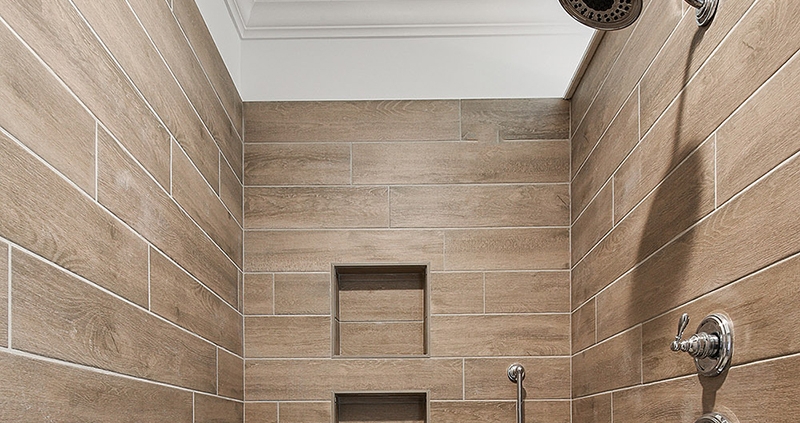
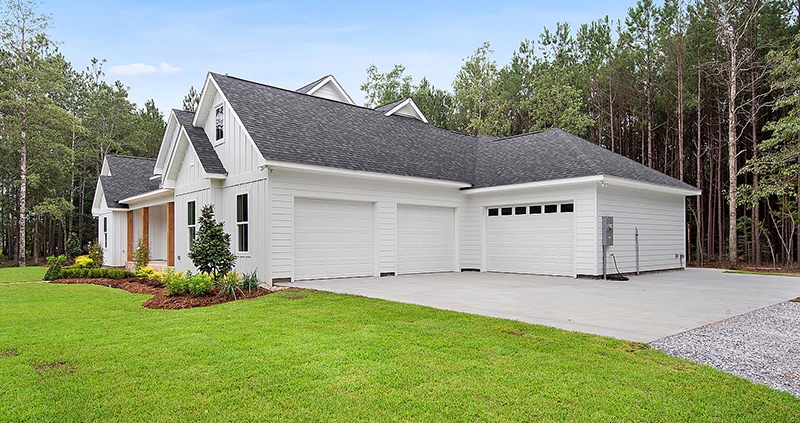
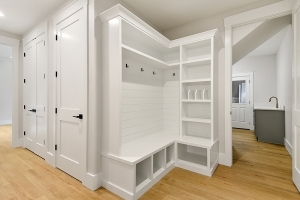 Natural disasters are something everyone around the world fears. There are many construction techniques that have been tested and passed approval to improve the resistance of houses during high wind events such as less-severe (EFO-EF2) tornadoes and intense hurricanes.
Natural disasters are something everyone around the world fears. There are many construction techniques that have been tested and passed approval to improve the resistance of houses during high wind events such as less-severe (EFO-EF2) tornadoes and intense hurricanes.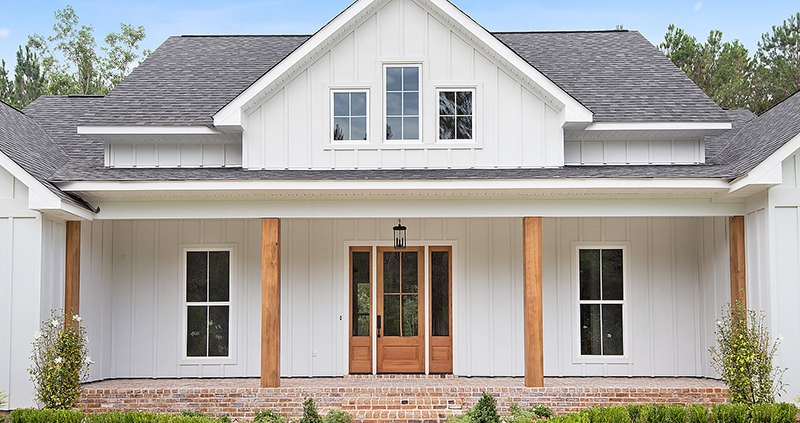
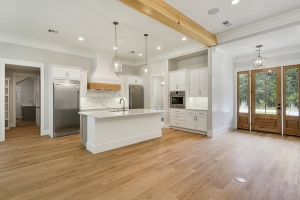 Purchasing a home is a huge event in a person’s lifetime. There are
Purchasing a home is a huge event in a person’s lifetime. There are 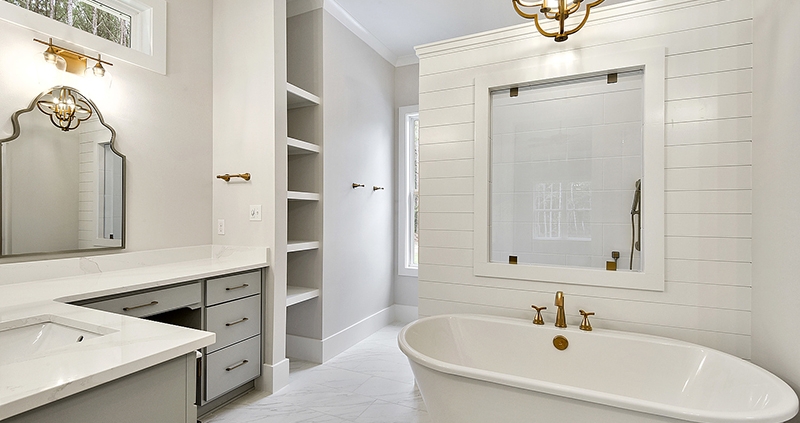
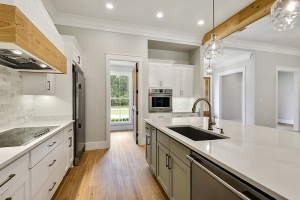 The
The 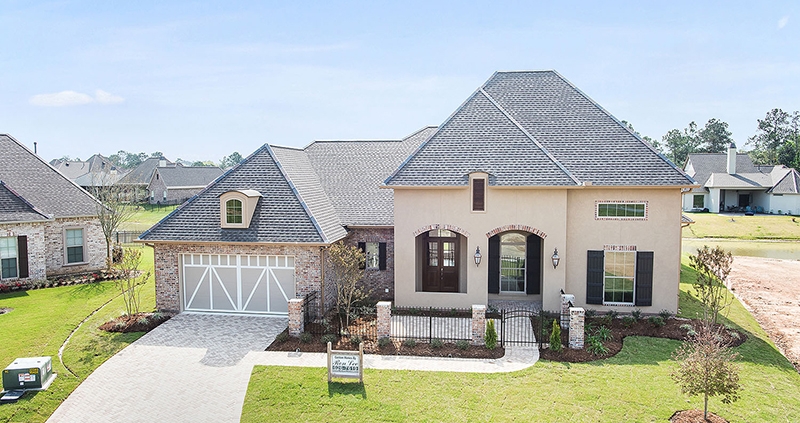
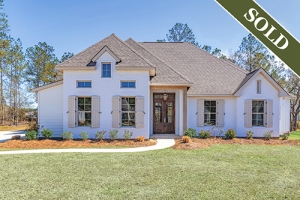 The shelter-in-place orders have most Americans working from home. This huge shift in where we spend our time has changed the way certain specialty rooms are viewed. The National Association of Home Buyer’s (NAHB) data that was just collected shows that specialty rooms such as home offices and exercise rooms are on the must list for current home buyers.
The shelter-in-place orders have most Americans working from home. This huge shift in where we spend our time has changed the way certain specialty rooms are viewed. The National Association of Home Buyer’s (NAHB) data that was just collected shows that specialty rooms such as home offices and exercise rooms are on the must list for current home buyers.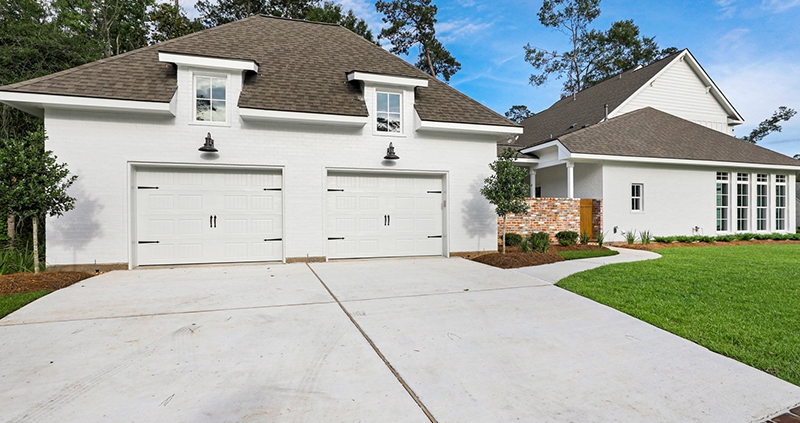 NOLA Real Estate Marketing, LLC
NOLA Real Estate Marketing, LLC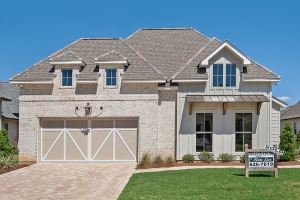 Veterans are a big part of our community in the United States. The country honors these men and women who have served in the United States Armed Forces in many ways. One example is through VA Loans for veterans who would like to purchase a home. A VA Loan is provided by private lenders and is partially guaranteed by the Department of Veterans Affairs.
Veterans are a big part of our community in the United States. The country honors these men and women who have served in the United States Armed Forces in many ways. One example is through VA Loans for veterans who would like to purchase a home. A VA Loan is provided by private lenders and is partially guaranteed by the Department of Veterans Affairs.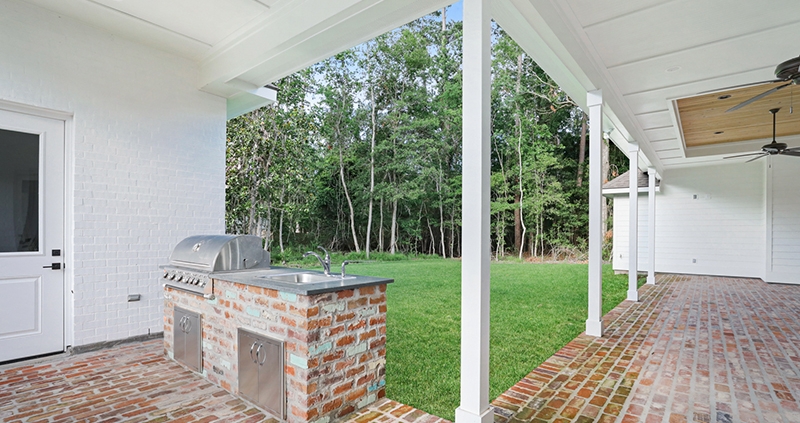 NOLA Real Estate Marketing, LLC
NOLA Real Estate Marketing, LLC When buying a home there are many steps to the process. Once you have made an offer, you need to make sure you have money for a down payment, but that is not all the money you will need to bring to the table. Many homebuyers do not take into account closing costs. This can come as an unpleasant surprise, but if you understand closing costs and have saved for them, the home-buying process will run much smoother.
When buying a home there are many steps to the process. Once you have made an offer, you need to make sure you have money for a down payment, but that is not all the money you will need to bring to the table. Many homebuyers do not take into account closing costs. This can come as an unpleasant surprise, but if you understand closing costs and have saved for them, the home-buying process will run much smoother.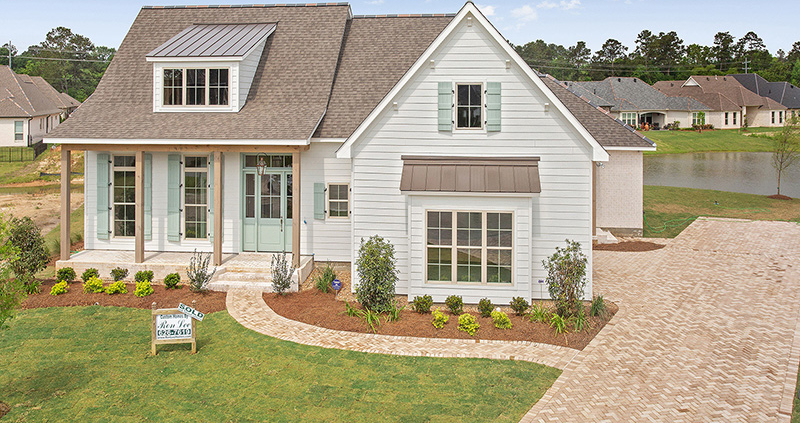
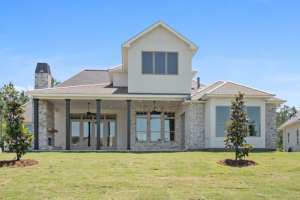 The country might be on hold with the pandemic but life and life events still must go on. We will always have a need to buy and sell our homes. Even in these times, there are many major life changes that still occur that lead to the need to sell your home. Both buyers and sellers find themselves in these situations so it is not a lost hope to sell your home during the pandemic.
The country might be on hold with the pandemic but life and life events still must go on. We will always have a need to buy and sell our homes. Even in these times, there are many major life changes that still occur that lead to the need to sell your home. Both buyers and sellers find themselves in these situations so it is not a lost hope to sell your home during the pandemic.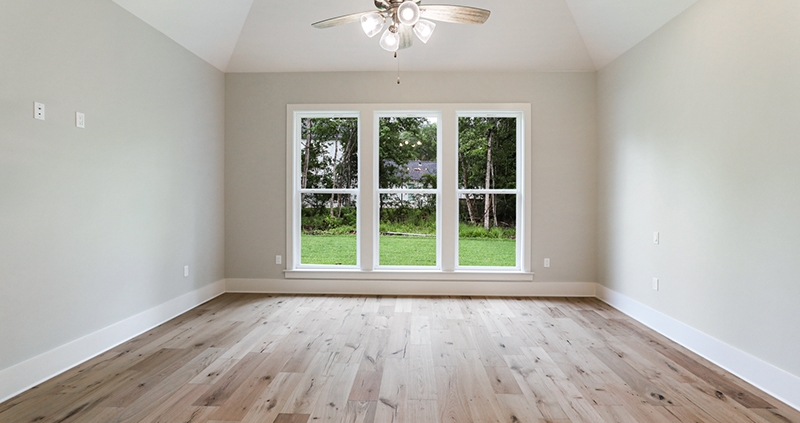 NOLA Real Estate Marketing, LLC
NOLA Real Estate Marketing, LLC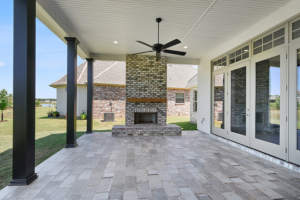 There are many factors that influence mortgage rates such as inflation, economic growth and most importantly the Federal Reserve. When determining mortgage rates, the Federal Reserve’s monetary policy is taken into consideration.
There are many factors that influence mortgage rates such as inflation, economic growth and most importantly the Federal Reserve. When determining mortgage rates, the Federal Reserve’s monetary policy is taken into consideration.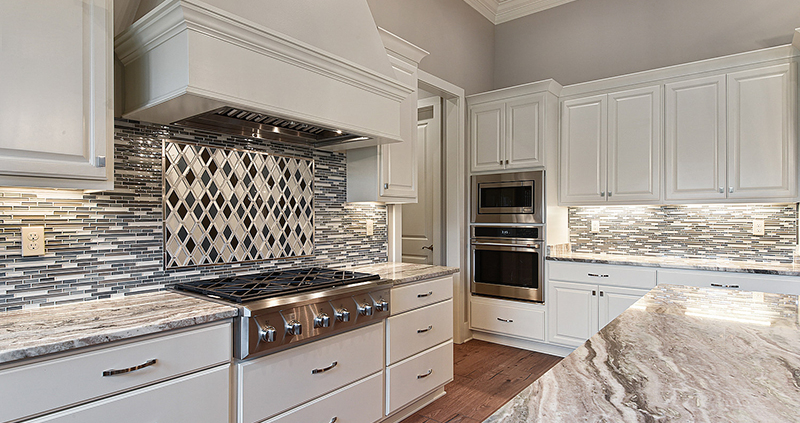
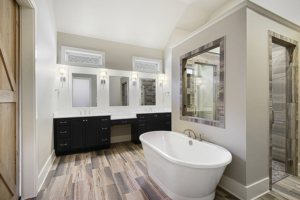 Single-family starts grew in numbers this February according to estimates from the
Single-family starts grew in numbers this February according to estimates from the 